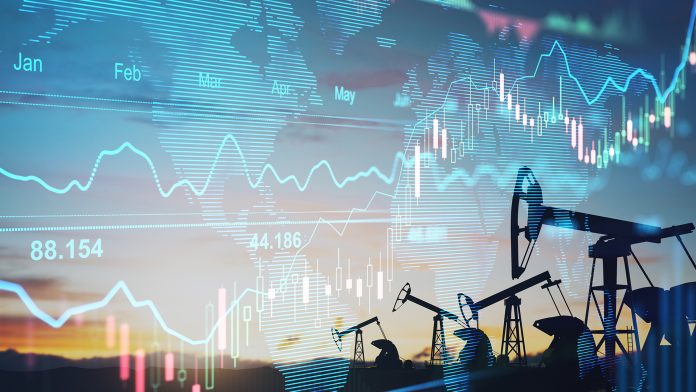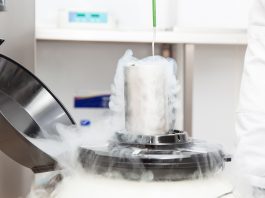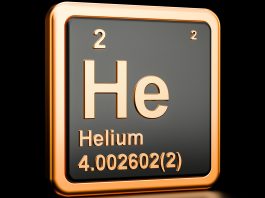We discuss how an international agency is essential for developing a sustainable market for helium, one of the most precious resources globally.
The global market for helium is an essential component of our modern economic system. As the second-most abundant element in the universe, helium has become increasingly important for a wide range of industries and applications worldwide. Yet, despite its importance and ubiquity, significant challenges are associated with developing a sustainable market for this resource.
Helium’s incredible properties make it invaluable across several sectors, including medical diagnostics, welding, astronomy research and more. Its special characteristics include low boiling point, low density and low reactivity, which makes it ideal for certain applications that require temperature control or inertness. Additionally, helium’s finite nature means that resources must be managed to ensure availability over long periods.
As global demand continues to increase, so does competition among producers in regional markets. Each region has their own rules governing production and distribution, resulting in inconsistencies between suppliers and a lack of uniform pricing schemes, further complicating access to resources by potential buyers. To address these issues, a new approach is needed: an international organisation dedicated solely to facilitating equitable access while ensuring the sustainability of supply through regulated production processes and adequate conservation measures.
What is helium?
Helium is a colourless and odourless gas that is the second most abundant element in the universe. It has an atomic number of two and belongs to Group 18 on the periodic table, making it an inert noble gas. The term ‘helium’ was first derived from the Greek word helios, which means ‘Sun’. Helium was discovered in 1868 by French astronomer Pierre Janssen during solar eclipse observations.
The physical properties of helium make it ideal for many uses, such as cryogenics and medical imaging technologies like Magnetic Resonance Imaging (MRI). In addition, its low boiling point makes it useful for cooling superconducting magnets used in MRI machines. Furthermore, because helium is lighter than air, it can be used to fill balloons and blimps so they float into the sky. Finally, due to its unique chemical properties, helium can be used to shield against radiation when welding certain metals or creating nuclear reactors.
Given these advantages, there is an increasing demand for helium worldwide; however, supplies are limited since natural reserves are not renewable and current production levels cannot meet this demand. As a result, governments must find ways to manage their resources responsibly while establishing sustainable markets with reliable sources of supply to meet future needs.
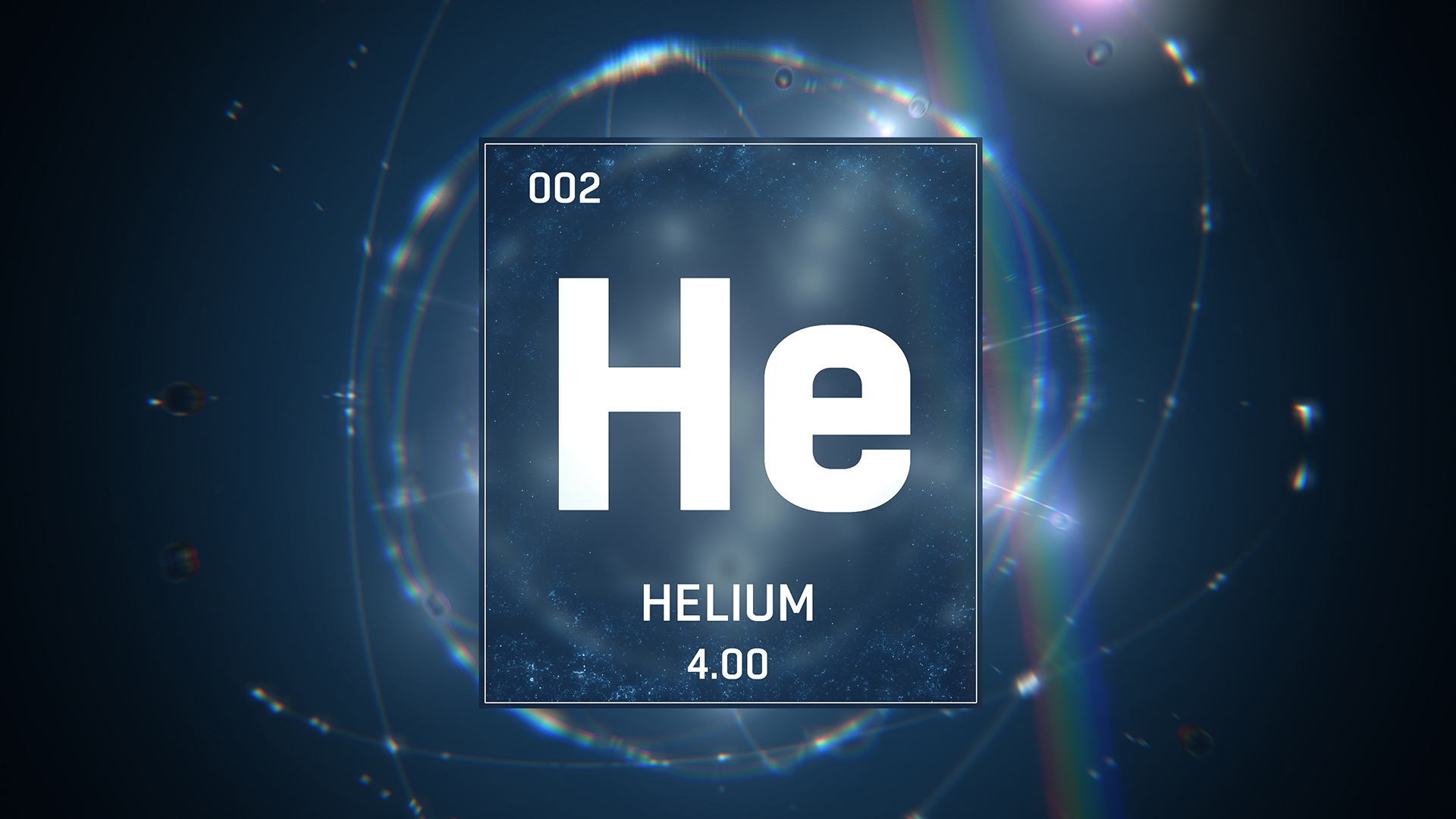
Properties and applications of helium
Helium’s first notable property is its low boiling point; at -268.9°C (-452°F), helium boils much lower than any other element or compound. This makes it ideal for cryogenic research and certain medical imaging techniques requiring temperatures near absolute zero. Secondly, helium is chemically inert and non-toxic; this means it can be used safely in diverse environments without risk of contamination or pollution. Thirdly, helium is also one of the lightest gases known, with only hydrogen being lighter; this buoyancy allows it to be used in various lift applications like balloons and airships. Finally, because of its lightweight and high thermal conductivity relative to other gases, helium can be employed in cooling systems where heavier gases would not perform as efficiently.
These properties have led to numerous practical applications for helium today. In public safety fields such as firefighting and welding, helium provides additional protection due to its lack of toxicity when compared with alternatives like oxygen or acetylene. Additionally, liquid helium cools superconducting magnets used in MRI machines and particle accelerators more effectively than traditional methods involving water and glycol mixtures. Other important uses include lifting blimps or providing neutral buoyancy for deep sea divers; even spacecraft rely on highly pressurised tanks of liquid helium to fuel their thrusters during launch and reentry phases.
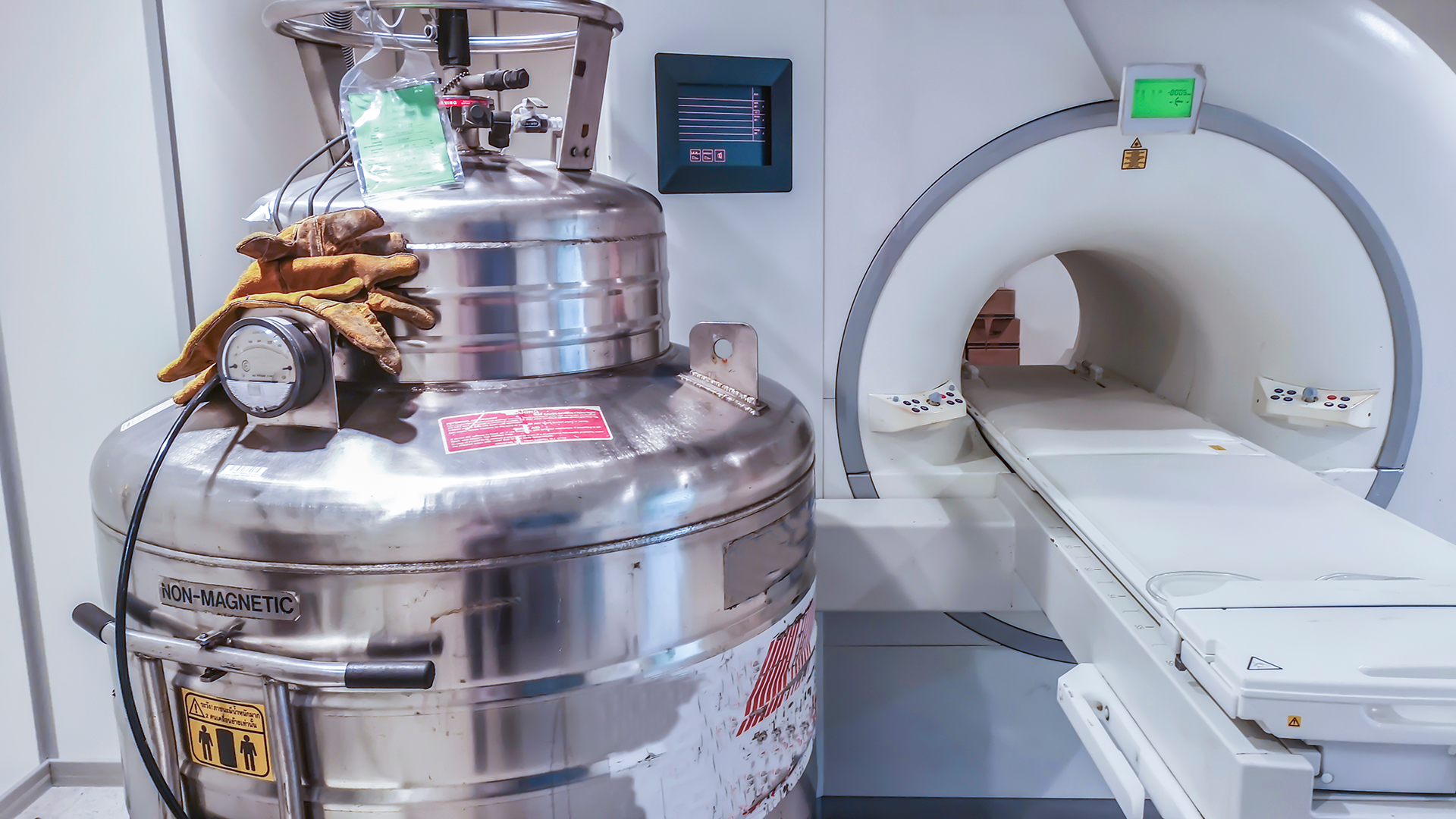
Benefits of establishing a sustainable helium market
The potential of helium is immense, yet the current market for it remains unsustainable. A global agency to build and manage an international network of standards and regulations that will ensure sustainable production, distribution, and use of helium is needed. By establishing such a framework, economic benefits can be realised through increased access to clean energy sources, reduced environmental impacts from over-exploitation of natural resources, and improved safety standards when handling helium.
In addition to economic advantages, having a unified approach across countries would benefit the scientific research community by providing reliable helium supplies with consistent quality control measures. Furthermore, this could lead to greater opportunities for collaboration between researchers as they work towards developing innovative solutions that address pressing challenges related to climate change and renewable energy utilisation. This could help to drive technological advances that have far-reaching implications beyond just the field of science.
Ultimately, creating a safe and responsible system for managing helium reserves worldwide is essential for realising its full potential without compromising our environment or jeopardising public health. A global agency dedicated to building a transparent market based on sound principles would provide much-needed oversight into how this precious resource is used while offering numerous economic and social benefits.
Challenges to creating a sustainable market for helium
Price volatility stands out as one of the primary issues, as fluctuations can cause significant disruptions to supply chains. Additionally, access to logistics infrastructure is necessary but not always available due to geopolitical factors or environmental regulations. Lastly, resource scarcity further complicates matters by limiting the amount of helium available on the global market.
Regarding price volatility, the current state of affairs surrounding helium significantly affects its availability and cost. For example, prices recently soared when an unexpected shortage occurred due to a disruption in supply from Qatar’s liquefied natural gas (LNG) production facility. This unforeseen event caused severe shortages and forced companies dependent upon helium to find alternative sources at higher costs than usual. As such, helium buyers may have difficulty predicting future prices if they do not have reliable forecasting tools or resources.
Logistics infrastructure is another essential factor in creating a sustainable global market for helium. Transporting this special commodity requires certain conditions like specialised equipment, trained personnel with expertise in handling cryogenic liquids and gases, and appropriate storage facilities for both short-term and long-term commitments. All these components are often limited by geopolitical factors or hindered by strict environmental regulations. Furthermore, some countries may lack the resources needed for proper transportation while others may impose trade restrictions based on their own domestic policies, which could hamper global efforts towards developing a more unified approach to trading this precious commodity.
Resource scarcity also presents a challenge when establishing a secure market for helium supplies worldwide. Helium itself is quite rare compared with other commodities; therefore, even small changes in demand can drastically affect its availability since increased usage leads to faster depletion rates of existing reserves worldwide. In addition, many extraction sites require costly investments in research and development before any meaningful results can be achieved. This makes it difficult for investors who wish to purchase large quantities over extended periods without facing too much uncertainty regarding pricing or delivery schedules.

Given these various obstacles faced by those attempting to create a lasting system for supplying helium globally, it is clear that implementing successful strategies will take considerable effort and careful planning alongside adequate financial support from interested parties involved in various aspects of this endeavour, such as producers, suppliers, buyers, governments, and researchers. Ultimately , having secure access points worldwide would go far towards ensuring steady flows throughout different markets – yet only through collaboration among stakeholders can we begin building what would truly become an invaluable asset across industries globally: A comprehensive network dedicated solely towards providing stable supplies of affordable high-grade commercial grade liquid helium gas.
Regulatory requirements for a global agency
First and foremost, the global agency should have an adequate oversight system that monitors the production and sale of helium internationally. The executive board would also create policies regarding supply chain management, labour standards, trade agreements, taxation schemes, environmental protection measures, and other relevant topics.
At the same time, they must make sure these policies are enforced properly across all countries involved in the project. Additionally, any research conducted by researchers related to helium should be reviewed and approved by the governing body before being released into circulation or sold commercially. These steps will help protect against potential misuse of data or fraudulence within the industry as well as ensure compliance with local laws and customs when trading internationally.
Finally, it is important that proper financial arrangements are put in place between participating nations so that everyone benefits from the programme’s success while still protecting their interests. For instance, taxes could be distributed based on how much each nation contributes to maintaining the helium infrastructure or how many resources they invest into research initiatives related to its use. Funds should be available for developing countries that may not have access to sufficient levels of helium yet but wish to participate in building up a more robust market around it globally. Considering these factors during planning stages, a successful framework can be created that establishes clear guidelines surrounding operations while still allowing flexibility in accommodating different needs depending on location or economic standing among members of the global network.
Global availability of helium
To ensure a reliable and robust helium supply, certain aspects must be taken into account. This includes understanding the current global resources, production, demand and regulation policies in place to protect them.
Currently, most helium comes from natural gas fields located mainly in Algeria, Qatar and the United States. However, these reserves are being depleted faster than they can be replenished. Furthermore, limited efforts have been made toward recycling helium which could further reduce the strain on existing reserves. On top of this, extracting it requires costly operations that create environmental impacts on air quality and soil contamination when not handled correctly.
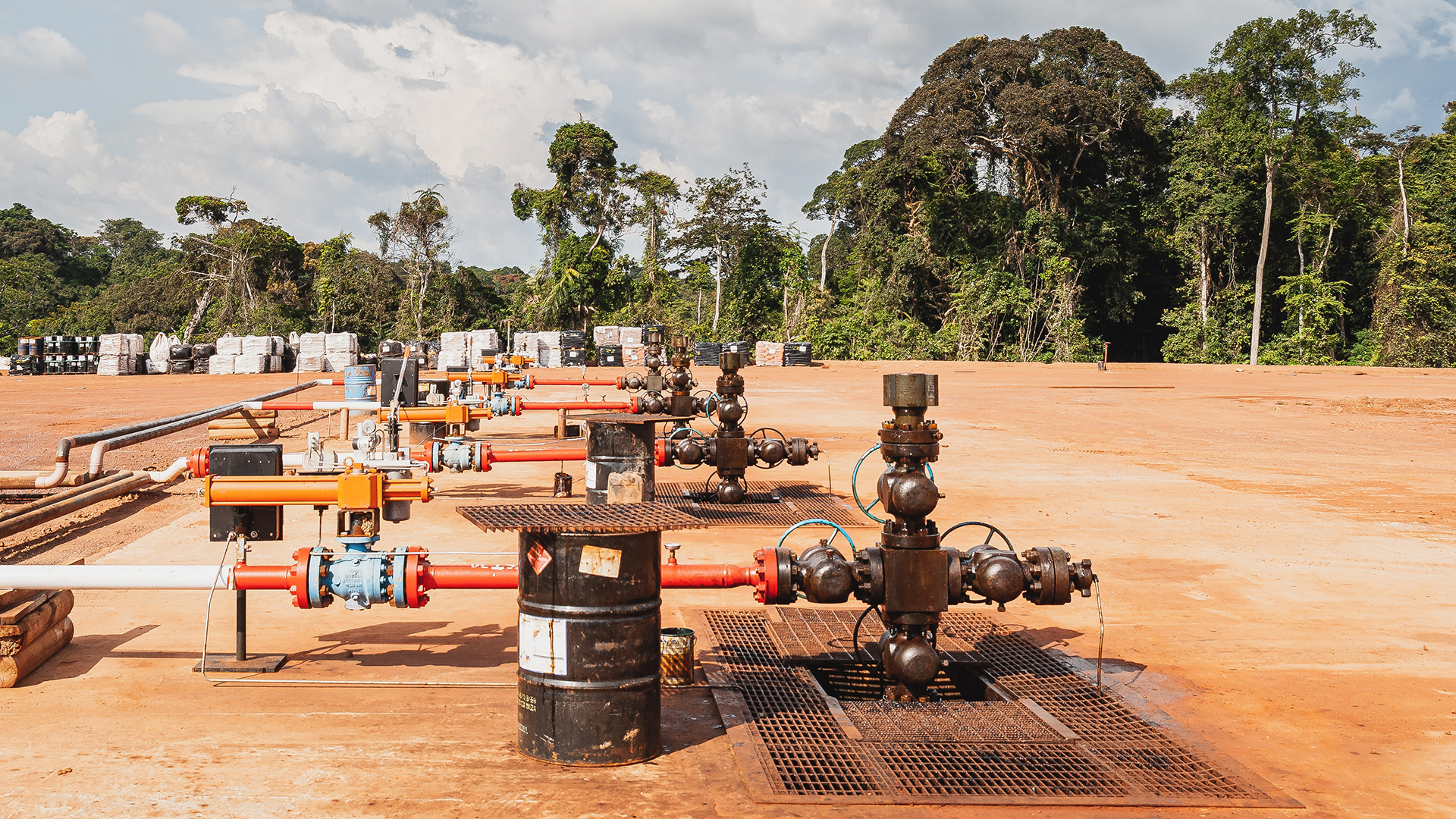
Investment opportunities in the helium industry
The global helium industry has many investment opportunities that can contribute to developing a sustainable market. These include:
Production and Distribution
- Investing in production, distribution and storage techniques is necessary for ensuring an efficient supply chain. This could involve investing in technology such as cryogenic tanks or pipelines that would allow for more effective transportation of helium; and
- Investment should also be put into research and development efforts to develop new extraction technologies that are cost-effective and environmentally friendly. Additionally, investments should be made in improving existing technologies so they can become more efficient at producing and distributing helium on a global scale.
Market Development
- The creation of a global agency to oversee the production, distribution, and sale of helium will ensure that there is consistency across all markets; this will help create a more stable price structure and reduce volatility; and
- In addition, investments need to be made in marketing campaigns aimed at educating consumers about the various uses of helium. This will promote greater demand, which will further increase investment potential in the industry.
Investments within these two sectors have the potential to propel the growth of the helium industry towards sustainability by providing access to affordable sources of supply while decreasing environmental impacts associated with its use.
Potential partnerships for the global agency
The world needs a global agency to build a sustainable market for helium, and potential partnerships are key to this. As the proverb goes: “If you want to go fast, go alone; if you want to go far, go together.” This rings true when it comes to creating an international standard for the helium industry. With so many players in the game – from producers and suppliers to consumers – collaboration between stakeholders is essential for success.
For instance, increasing educational efforts on safety regulations would ensure optimal use of resources while developing mapping technologies provides more data related to existing deposits. Moreover, collaborating with governments can provide much-needed financial backing while establishing standards helps maintain quality control over production and supply chains across all countries involved. Finally, incentivising reduced emissions reinforces good behaviour from both individual companies and industry-wide entities.
It is clear that forming beneficial partnerships will be necessary for building a structured foundation upon which a successful global helium market can operate effectively and efficiently under international standards. By working together, stakeholders worldwide have an unprecedented opportunity to bring about real change towards ensuring lasting access to this vital resource in our increasingly technologically driven society.
Technological innovations to optimise production and distribution
Helium production and distribution need to be optimised in order to meet the global demand for a sustainable market. Technological advancements such as data analytics, cloud computing, artificial intelligence (AI), and automation are essential tools that can be used to make helium production and delivery more efficient. Data analytics can help identify potential sources of helium reserves, while AI-driven robots can be used to extract these resources faster and more accurately than manual labour. Cloud computing will enable better communication between producers and distributors so that orders can be filled quickly. Automation systems can also reduce costs associated with human labour by improving operational efficiency from refining processes through packaging operations.
Technological innovations like blockchain technology have the potential to revolutionise the way helium is traded on a global scale. Blockchain provides an immutable ledger system that allows buyers and sellers to securely exchange goods without any third-party involvement or trust issues. This could lead to improved security, reduced transaction fees, and increased transparency in trading practices. Additionally, advanced data mining techniques can provide valuable insights into current trends in supply and demand, which would give businesses greater flexibility when making decisions about pricing strategies or inventory management protocols.
Impact on environment and climate change
In the 21st century, environmental issues have become a major concern for global citizens. To ensure sustainable development in the future and protect our planet from further harm, we must create a workable solution to help mitigate helium emissions and reduce their impact on climate change. A global agency dedicated to building a market for sustainably sourced helium could be one such method of addressing this issue.
The extraction of helium has been known to leave behind an array of toxic byproducts; these are released into the atmosphere when extracted using outdated technologies or improper safety protocols. Furthermore, if not managed responsibly, large-scale operations can result in significant changes to local ecosystems due to destruction caused during mining processes. All of these factors contribute towards increased levels of atmospheric pollutants which lead directly back to greenhouse gas accumulation and climate change.

By creating policies around sustainability and establishing stringent regulations for the extraction process, a global agency would be able to provide guidance about how best to manage the environment while still ensuring economic growth through production. With proper implementation, it may even be possible for some areas of industry that currently rely heavily on unsustainable practices – such as industrial manufacturing and agricultural production – to transition towards more environmentally friendly methods over time with minimal disruption.
Economic benefits of establishing a global agency
Establishing a global agency could reduce the cost of helium production and distribution as a single entity could negotiate better prices with suppliers. Second, it would create more efficient processes by streamlining supply chains, allowing resources to be used in other areas. Third, it would provide greater access to new markets and material sources, increasing profits. Finally, such an agency would improve regulation of the helium market, creating certainty and stability for investors.
Advantages include:
- Reduced costs due to reduced overhead expenses associated with multiple entities managing production and distribution;
- Streamlined supply chain management resulting in better resource allocation;
- Improved access to new materials from different regions can lead to higher profits,
- Increased rule compliance regarding safety regulations that leads to greater security for all parties involved; and
- Consolidated efforts towards research and development initiatives that may result in breakthroughs for this sector of industry.
Advantages of developing international standards
The development of international standards for the helium market has many advantages. It will provide a framework to ensure that all countries use the same criteria when evaluating their strategies and plans for sustainability. Advantages include:
- Greater consistency in how different nations approach managing their resources, resulting in an improved level of coordination between them;
- Uniform rules and regulations governing the use of helium resources;
- All participants would be held accountable for upholding these laws, leading to less waste and more efficient utilisation of supplies; and
- Governments could also use this system to better regulate pricing, helping prevent price gouging or other unjustified price increases.
Additionally, having a unified set of international standards helps promote fair trade practices by eliminating any competitive advantages one country might have over another due to its national policies. It also provides assurance that governments are taking the necessary steps to protect their natural environments, allowing citizens to trust that sustainable measures are being taken into account when developing policy decisions around helium usage. Finally, it encourages collaboration among nations as they work together towards creating a secure future for everyone through shared knowledge and experience on best practices and management techniques for sustaining helium resources.
Future helium market trajectory
Establishing a global agency will require significant resources, and who pays the cost needs to be carefully considered. Regulations will also need to be in place to ensure that any activity related to helium procurement, storage or sale is done responsibly. Security measures should also be taken into account when dealing with such an important resource so as not to put it at risk of theft or misuse. Finally, investors must consider all risks before investing in activities related to helium production and distribution.
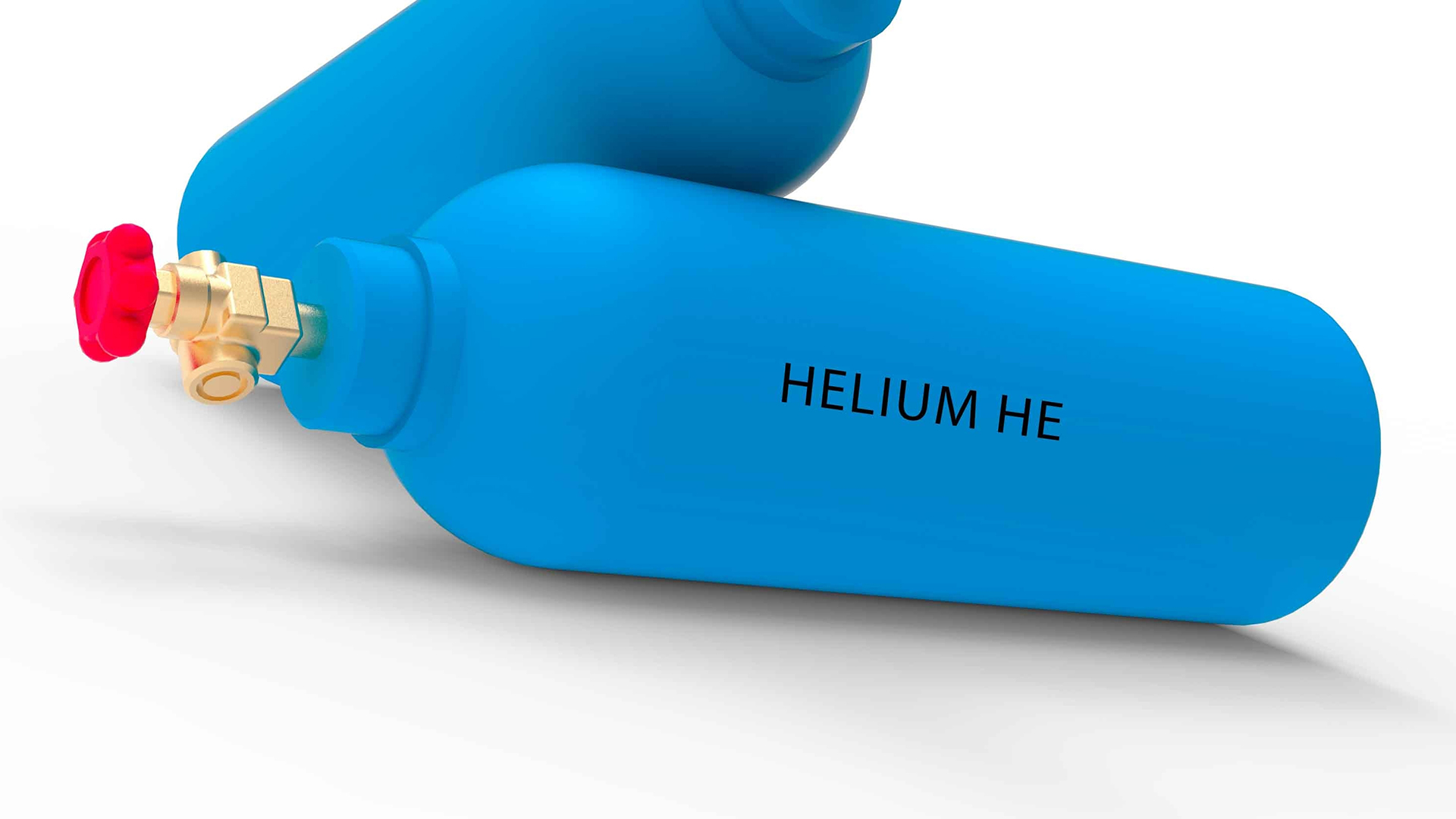
Creating a global agency dedicated to building a sustainable market for helium would benefit us all by ensuring no mismanagement or exploitation of one of our most valuable natural resources. It could provide stability in pricing, reduce environmental harm through proper regulations, protect against security threats and offer peace of mind for investors looking to enter the industry. Investing in this kind of infrastructure now could help secure the future availability of helium for generations to come.
A cohesive effort from governments worldwide is needed if we are going to create an effective global framework for managing and regulating the helium industry. This initiative has the potential to unlock countless opportunities while protecting our environment and providing economic benefits for everyone involved – making it something worth fighting for.

